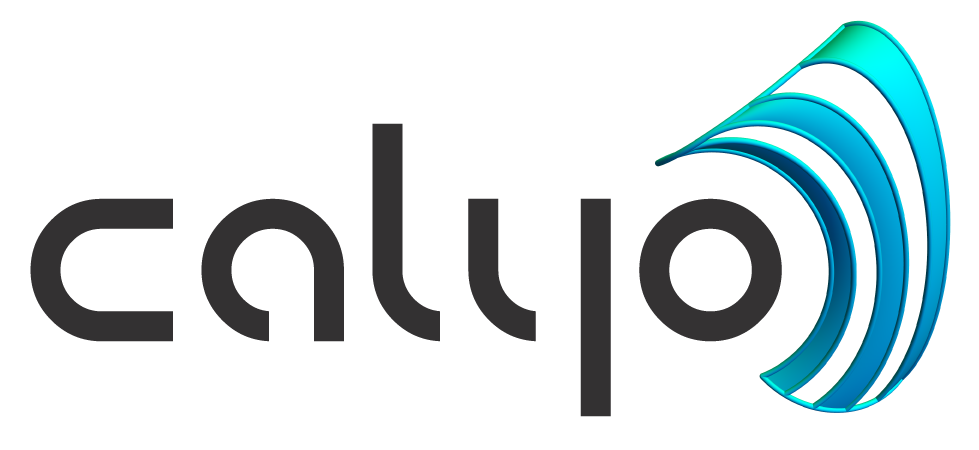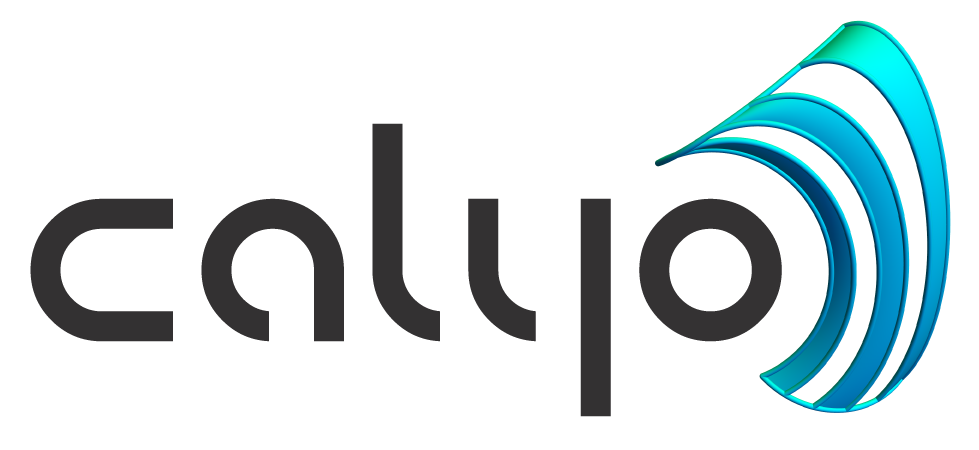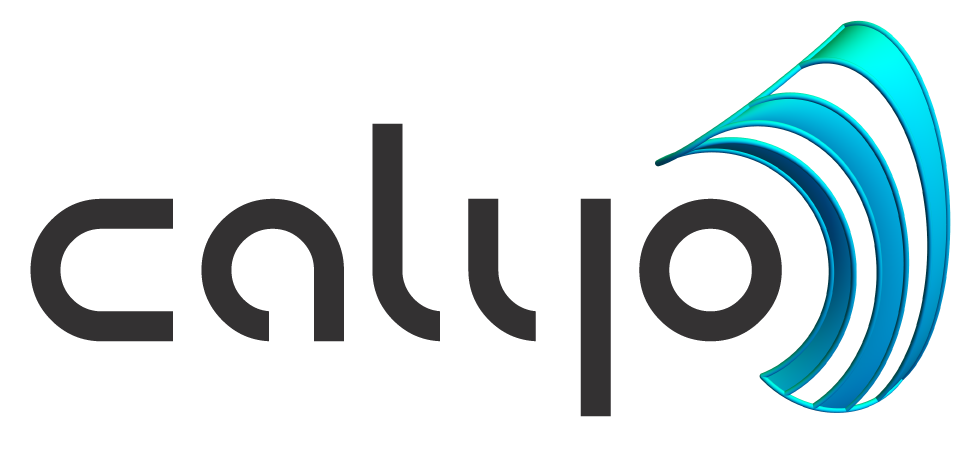Calyo Pulse: Benchmarking Against Automotive-Grade LiDAR and Radar
Calyo Pulse: Benchmarking Against Automotive-Grade LiDAR and Radar https://calyo.com/core/views/9a91380374/images/empty/thumbnail.jpg 150 150 Calyo Calyo https://calyo.com/core/views/9a91380374/images/empty/thumbnail.jpgWe are excited to share the results of our recent comparative tests of our 3-D ultrasound collision prevention sensor with automotive-grade LiDAR and radar sensors at the UTAC Millbrook proving ground. The tests were conducted in a range of different environments, including wet sheds, rain rigs, and indoor venues with smoke generators, and we are thrilled to report that our ultrasound sensor performed exceptionally well.
Furthermore, Calyo’s sensors underwent EMC testing at UTAC Linas-Montlhéry and NVH testing at UTAC Leyland, the latter being intensive, consisting of 95 hours of road load vibrations, 120 hours of combined environmental tests, and 240 hours of salt spray exposure.
As part of the Zenzic CAM Scale-Up initiative, we conducted a series of tests to evaluate the performance of our 3-D ultrasound sensor in a variety of scenarios. We benchmarked the accuracy and reliability of our sensor data, as well as the system’s ability to detect and avoid potential collisions in real-world scenarios. Our tests also included the use of reference objects for pedestrians, cyclists, and scooters, further highlighting the effectiveness of our sensor technology.
The results of our comparative tests show that our ultrasound sensor performed just as well, if not better than, LiDAR and radar in a range of different environments. Our sensor demonstrated exceptional accuracy and reliability, even in adverse weather conditions, such as rain and fog, where traditional sensing technologies struggle. (If you’re curious about the sensors we used, or you’re interested in the datasets we produced, please feel free to get in touch!
Comparing Calyo’s 3-D Ultrasound Sensor with Radar and LiDAR in Adverse Weather Conditions
In rainy conditions, our 3-D ultrasound sensor outperformed both radar and LiDAR in terms of accuracy and reliability. This is because ultrasound waves are not affected by water droplets in the same way that radar and LiDAR are. Radar waves bounce off the water droplets, which can cause interference and lead to inaccurate readings. LiDAR, on the other hand, can be affected by water droplets on its lens, which can reduce its effectiveness.

In foggy conditions, our 3-D ultrasound sensor also performed better than radar and LiDAR. This is because ultrasound waves are not affected by the scattering of light that occurs in fog. Radar and LiDAR, which rely on the reflection of electromagnetic waves, can be significantly impacted by fog. The presence of fog proved to make LiDAR particularly unreliable.
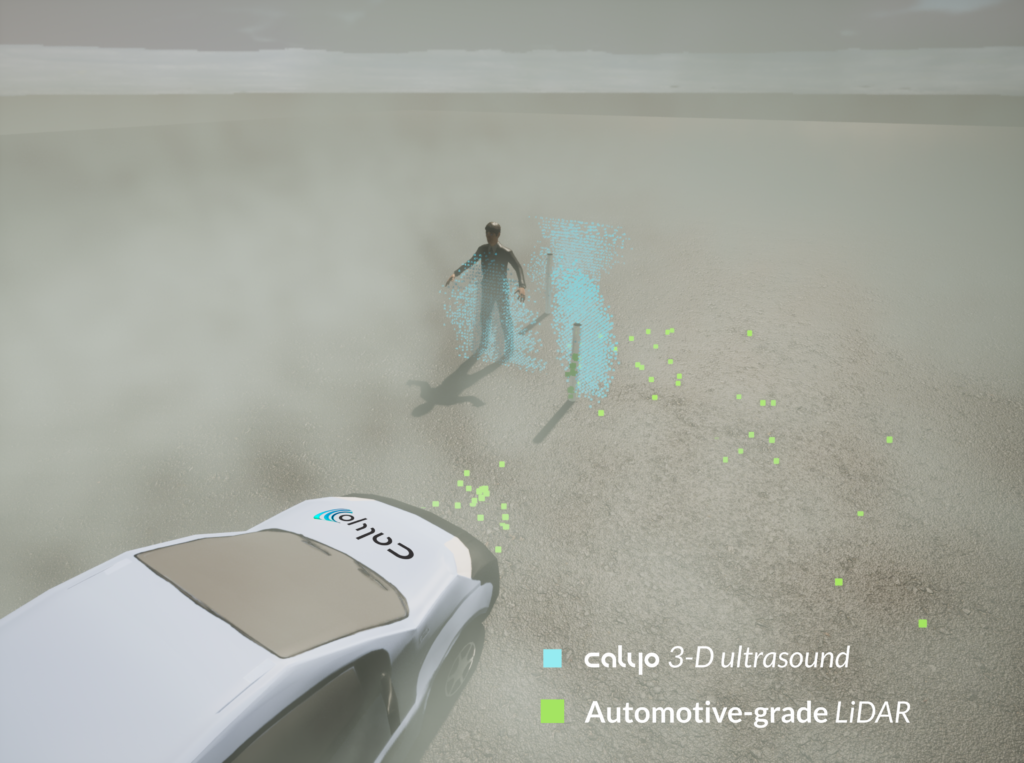
The results indicate that our 3-D ultrasound sensor is dependable even in harshest of environments, underscoring the need for a suite of sensors that are complementary and redundant. Our sensor technology offers precise and dependable data in any setting, thereby increasing the safety and efficiency of automated vehicles. The tests have demonstrated that our 3-D ultrasound sensor is a vital component in the progress of autonomous mobility. It surpasses radar and LiDAR in inclement weather and provides reliable data that can help ensure the safety of passengers, pedestrians, and other road users.
We would like to extend our sincere thanks to all of our partners involved in the Zenzic CAM Scale-Up program. Without their support, these groundbreaking tests would not have been possible. We look forward to continuing to collaborate with industry leaders and driving innovation in the autonomous mobility space.
For those interested in accessing our test results or learning more about our sensor technology, please reach out to us at [email protected]. We are excited to partner with companies and individuals who share our vision for revolutionising the world of Connected and Automated Mobility. Together, we can make our roads safer and more efficient for everyone.
What’s Next?
Looking ahead, we are excited to continue developing and refining our sensor technology to further enhance safety and efficiency on the roads. In the coming months, we will be releasing an evaluation module that will enable our partners and customers to experience the capabilities of our 3-D ultrasound sensor technology firsthand. We believe that our ultrasound sensor technology has the potential to make a significant impact on the safety and efficiency of connected and autonmated vehicles and platforms. Our goal is to continue developing and refining our sensor technology to make it even more accurate and reliable.
Thank you again to all our partners, and stay tuned for more updates from Calyo.
- Posted In:
- Case Study
